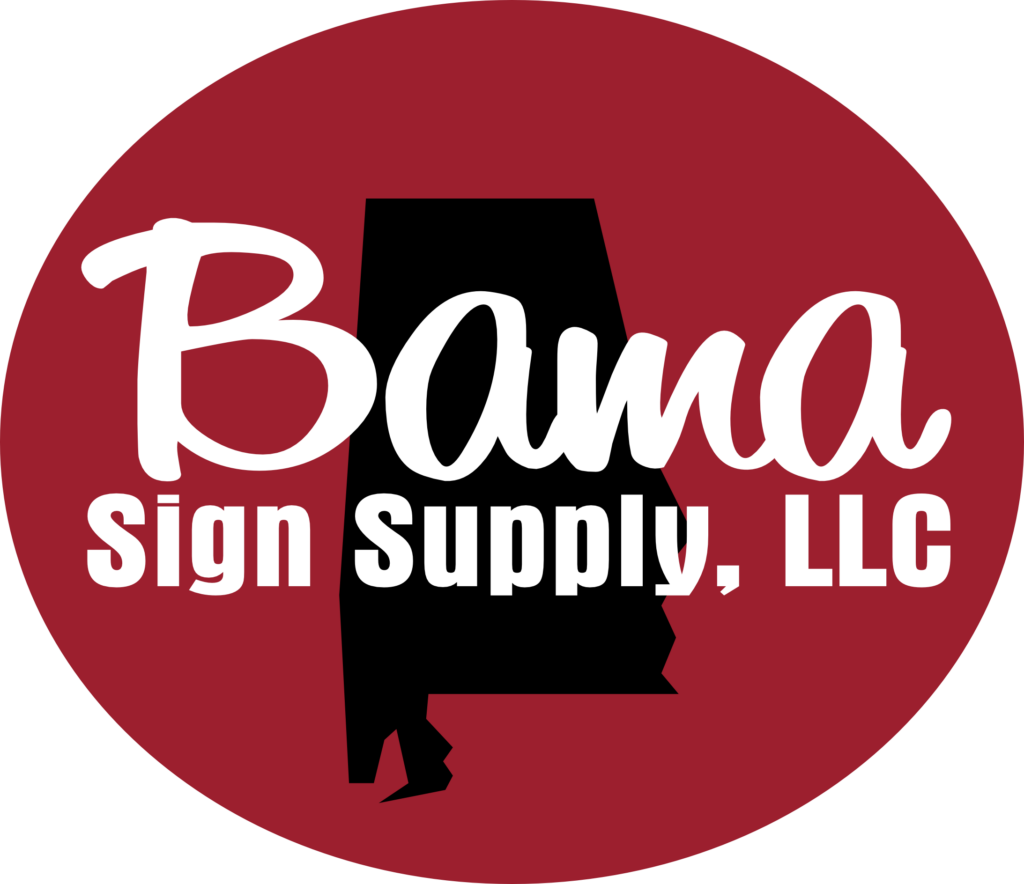Title: Sign-Making Equipment and Software: Tips for Successful Implementation
In the world of marketing and advertising, signage plays a crucial role in conveying messages, attracting customers, and creating brand recognition. With the advancement of technology, sign-making equipment and software have made the process more efficient, cost-effective, and versatile. However, successful implementation of these tools requires careful consideration and strategic planning. In this blog post, we will explore some essential tips for effectively integrating sign-making equipment and software into your business operations.
Invest in the Right Equipment: The first step in successful implementation is to invest in high-quality sign-making equipment that meets your specific needs. Whether it’s a vinyl cutter, digital printer, or CNC router, consider factors such as speed, precision, and versatility. Choosing the right equipment will ensure that you can produce a wide range of signage materials with ease and efficiency.
Select the Right Software: In addition to the hardware, choosing the right software is equally important. Look for software that offers a user-friendly interface, advanced design capabilities, and compatibility with various file formats. This will empower your team to create stunning, professional-looking signage that effectively communicates your message to your target audience.
Provide Comprehensive Training: Implementing new equipment and software requires proper training for your staff. Invest in comprehensive training programs to ensure that your team is proficient in operating the equipment and utilizing the software to its full potential. This will not only improve productivity but also reduce the likelihood of errors and wastage.
Integrate with Existing Workflows: To maximize the efficiency of sign-making equipment and software, it’s essential to integrate them seamlessly into your existing workflows. Consider how these tools will fit into your production process, from design to fabrication and installation. This may involve reorganizing workstations, optimizing file management, and streamlining communication between design and production teams.
Stay Updated with Industry Trends: The sign-making industry is constantly evolving, with new materials, techniques, and design trends emerging regularly. Stay updated with the latest industry trends and technological advancements to ensure that your equipment and software remain relevant and competitive. This may involve attending trade shows, networking with industry professionals, and investing in upgrades when necessary.
Quality Control and Maintenance: Regular maintenance and quality control are essential for ensuring the longevity and performance of your sign-making equipment. Establish a maintenance schedule and quality control protocols to identify and address any issues promptly. This will help minimize downtime and ensure that your signage production remains consistent and reliable.
Seek Professional Support: Implementing sign-making equipment and software may require professional support, especially during the initial setup and troubleshooting. Consider partnering with suppliers or manufacturers who offer technical support, training, and consultancy services to help you make the most of your investment.
In conclusion, successful implementation of sign-making equipment and software requires careful planning, investment in the right tools, comprehensive training, integration with existing workflows, staying updated with industry trends, quality control, and seeking professional support when needed. By following these tips, businesses can leverage the power of modern sign-making technology to create impactful, visually appealing signage that effectively communicates their brand message to their target audience.
